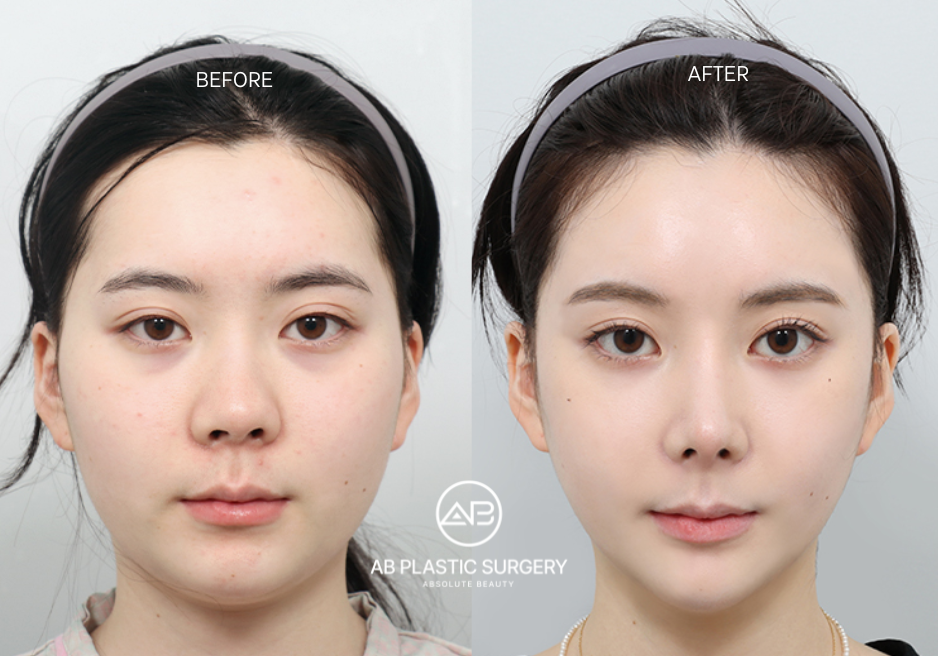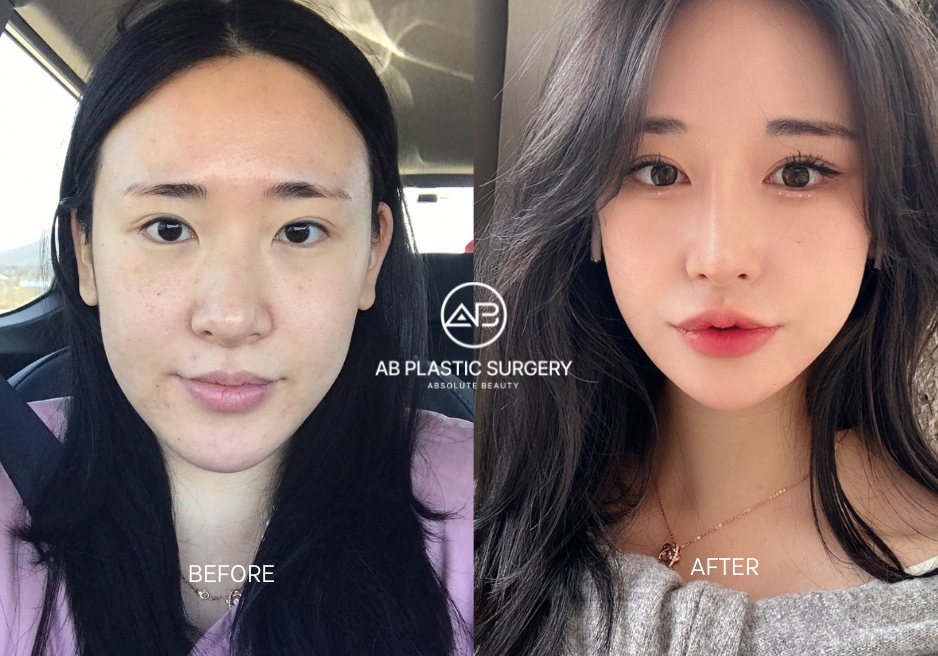V-Line Surgery Risks: Essential Information for Patients
Table of Contents
1. Nerve Damage: Temporary or Permanent
2. Skin Laxity: Loose Skin Post-Surgery
3. Bone Regrowth: Unexpected Jaw Changes
4. Changes in Facial Symmetry After V-line Surgery
5. Jaw Weakness and Functionality Issues
6. Unintentional Face Volume Loss
When considering V-line surgery, most people are aware of common side effects of V-line surgery like swelling, bruising, and pain. However, there are less obvious, long-term side effects that are important to understand. These include nerve damage, skin laxity, and bone regrowth, which can affect the outcome of your surgery and your overall satisfaction with the results. Being well-informed about these potential issues will help you make a more educated decision and better prepare for the post-operative experience. Below are some of the lesser-known side effects of V-line surgery and tips to minimize their impact.
Nerve Damage: Temporary or Permanent
How Can Nerves Be Damaged During V-line Surgery?
V-line surgery involves reshaping the jawbone and chin, which are close to several key facial nerves. During surgery, these nerves can be stretched, compressed, or, in rare cases, accidentally severed. The most commonly affected nerve is the inferior alveolar nerve, which runs along the lower jaw and impacts sensation in the chin, lower lip, and parts of the jaw. Damage to this nerve can lead to temporary or even permanent numbness, tingling, or loss of sensation in these areas.

How Long Does Nerve Damage Last?
Minor nerve damage often resolves within a few weeks or months, but severe cases can lead to long-term or permanent effects. Some patients report altered sensations for several months after surgery.
How to Minimize Nerve Damage After V-line Surgery?
Choose an experienced surgeon who specializes in facial contouring. Precision and skill in avoiding nerve damage come with experience. Follow your recovery instructions carefully, as unnecessary pressure or trauma to the healing area can worsen nerve damage. Monitor your recovery closely, and if numbness or pain persists for more than a few months, seek medical advice.
Skin Laxity: Loose Skin Post-Surgery
How Does Skin Lose Elasticity After V-line Surgery?
One lesser-known side effect of V-line surgery is the risk of skin laxity, where the skin around the jaw and chin becomes loose after the bone has been reshaped or reduced. This is more common in patients with less elastic skin, particularly older individuals. Since the jaw structure supports the overlying skin and soft tissues, reducing the bone can leave excess skin, causing sagging or drooping.

How to Minimize Laxity After V-line Surgery?
Assess your skin quality before surgery. Younger patients or those with good skin elasticity generally recover without issues, but if you’re older or have less elastic skin, consider discussing a skin-tightening procedure, like a mini-lift or laser treatment, with your surgeon. Post-surgery, non-invasive treatments like Ultherapy or radiofrequency (RF) skin tightening can help promote collagen production and tighten the skin.
Bone Regrowth: Unexpected Jaw Changes
Can Bone Regrow After V-line Surgery?
After V-line surgery (jawbone contouring), bone regrowth or remodeling can occur as part of the body’s natural healing response. However, this regrowth can sometimes lead to unwanted changes in the jawline’s shape, potentially reducing the long-term effectiveness of the surgery.
How to Minimize Bone Regrowth After V-line Surgery?
Opt for precise bone reshaping techniques to minimize the risk of regrowth. Surgeons can properly file down bone edges, and in some cases, bone fixation devices may be used to prevent excessive regrowth. Regular follow-ups with your surgeon and early detection through X-rays or CT scans can help catch and address bone regrowth early if it occurs.

Changes in Facial Symmetry After V-line Surgery
How Can a Face Become Asymmetrical After V-line Surgery?
While the goal of V-line surgery is to enhance facial symmetry, unexpected asymmetry can occur if healing doesn’t go as planned. Uneven swelling or slight variations in bone healing can lead to subtle differences between the left and right sides of the jaw. This might not be noticeable immediately but could become more apparent over time.

How to Minimize Facial Asymmetry After V-line Surgery?
Choose a well-qualified surgeon with a track record of achieving symmetrical results. Keep post-surgery swelling under control with cold compresses and anti-inflammatory medications as recommended by your surgeon. Regular follow-up appointments allow your surgeon to monitor for any early signs of asymmetry and make necessary adjustments.
Jaw Weakness and Functionality Issues
Some patients experience jaw weakness or reduced functionality after V-line surgery, which can manifest as difficulty opening the mouth wide or fatigue when chewing for extended periods. In rare cases, reshaping the jaw may lead to temporary misalignment, affecting bite mechanics.
How to Minimize Jaw Functionality Issues After V-line Surgery?
Pre-surgery planning is essential. Your surgeon should assess your jaw alignment to avoid disrupting your natural bite balance. Physical therapy can help strengthen jaw muscles if weakness persists. A soft or liquid diet post-surgery can also aid in recovery without putting excessive strain on your jaw.

Unintentional Face Volume Loss
Some patients report unintended fat loss in the face, particularly around the jawline and cheeks, after V-line surgery. This can make the face appear hollow or gaunt, especially if significant jawbone reduction is involved. While this may enhance the V-line appearance for some, others might feel their face looks too thin or aged.
How to Minimize Unintentional Face Volume Loss After V-line Surgery?
Discuss your desired outcome with your surgeon to avoid removing too much jawbone, which could contribute to an overly thin appearance. Fat grafting or filler treatments can be considered post-surgery to restore subtle volume if fat loss becomes a concern.
V-line surgery can deliver beautiful, transformative results, but it’s essential to be aware of both common and lesser-known side effects. Nerve damage, skin laxity, bone regrowth, and changes in facial symmetry are just a few potential issues to consider. The best way to protect yourself from unwanted side effects is by choosing a highly skilled surgeon, like the experienced professionals at AB Plastic Surgery. Our team specializes in V-line procedures, with a strong focus on patient safety and satisfaction. You can view before-and-after photos of real patients and read their testimonials on our website. If you're considering V-line surgery, feel free to apply for a free online consultation or, if you're in Korea, an in-person consultation to discuss your unique goals and concerns.






